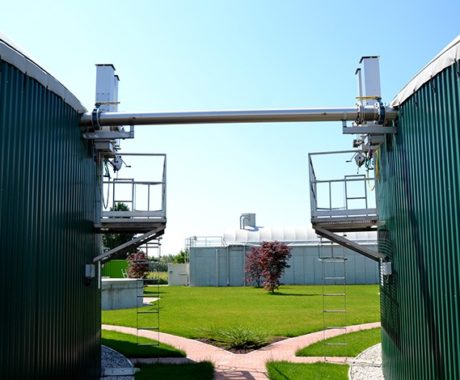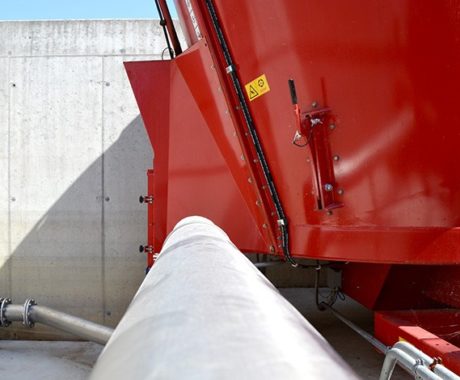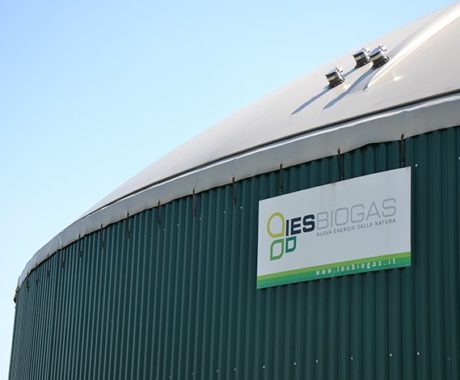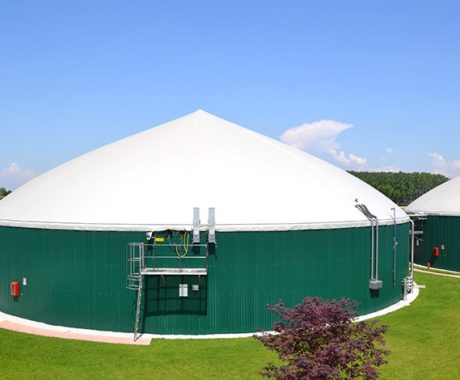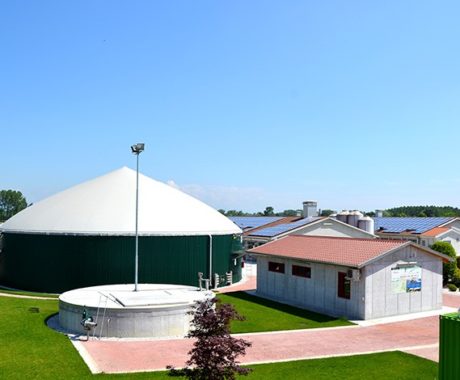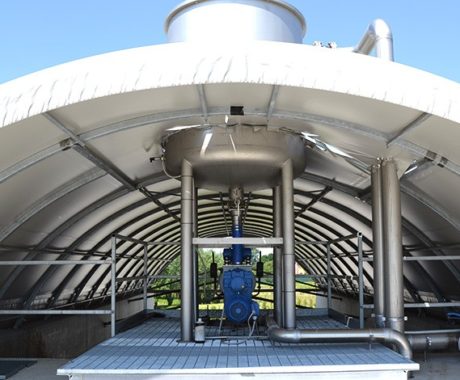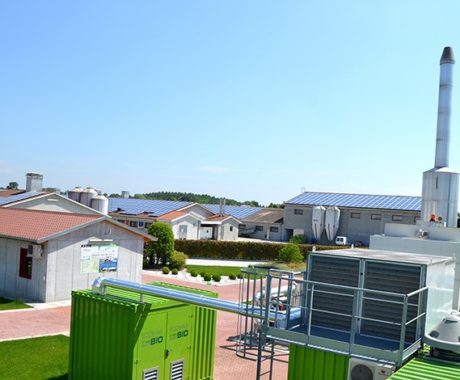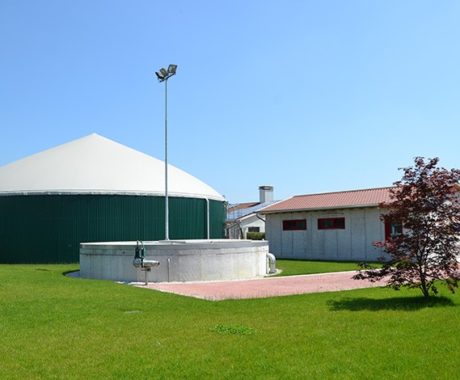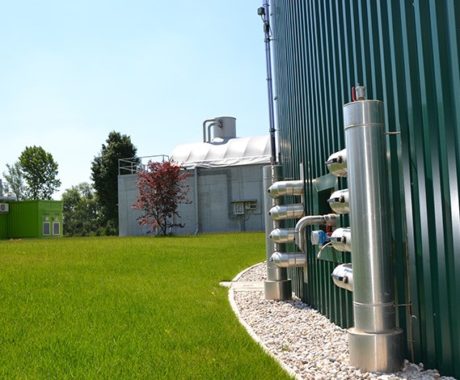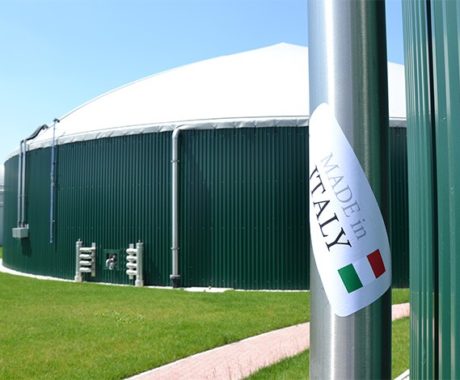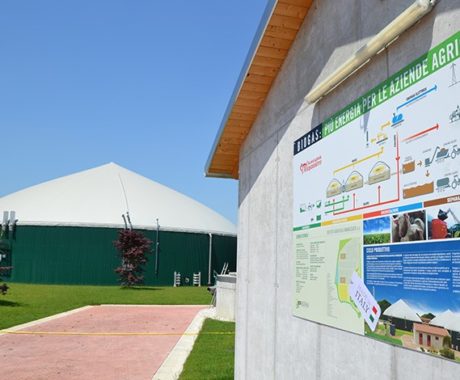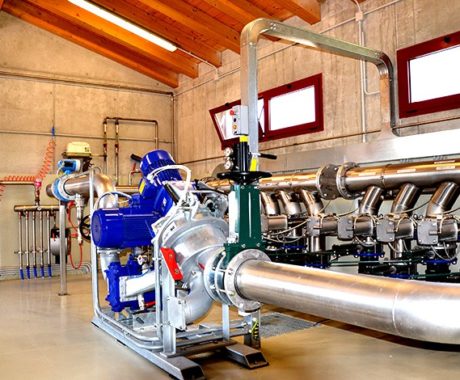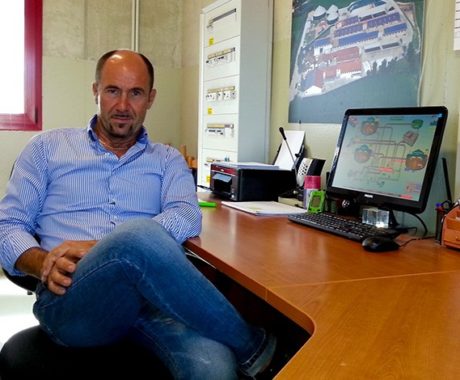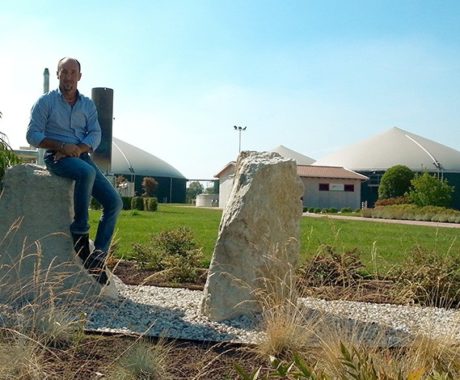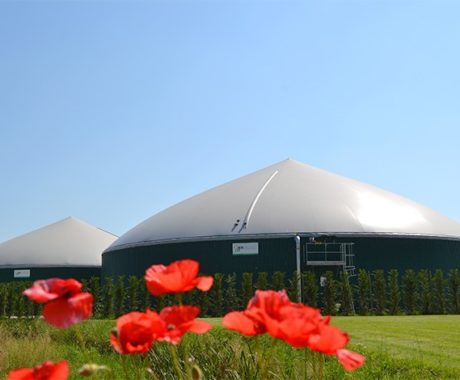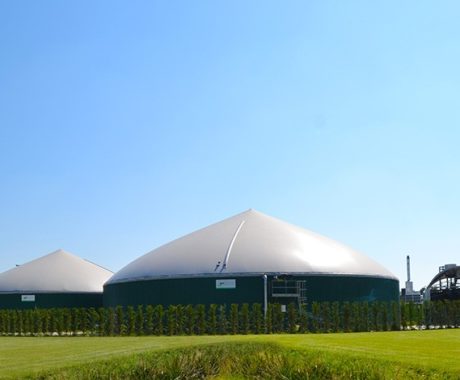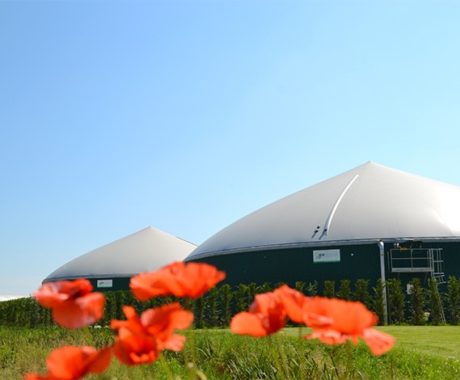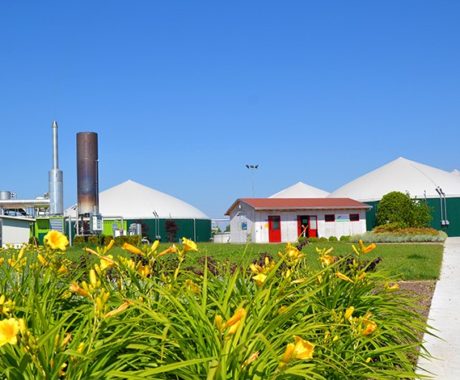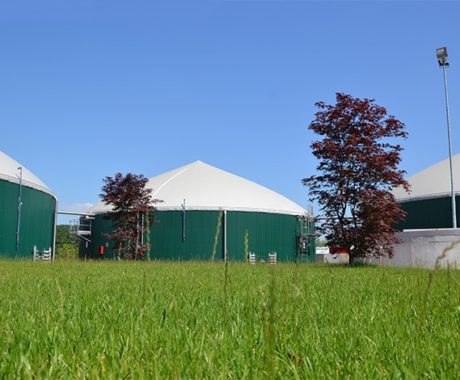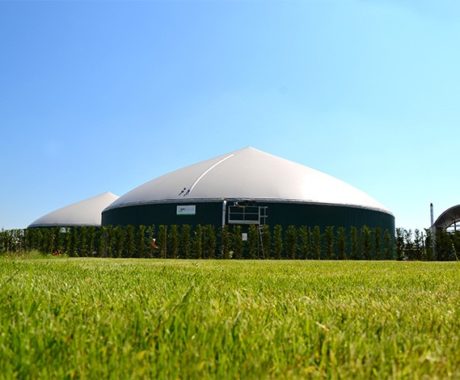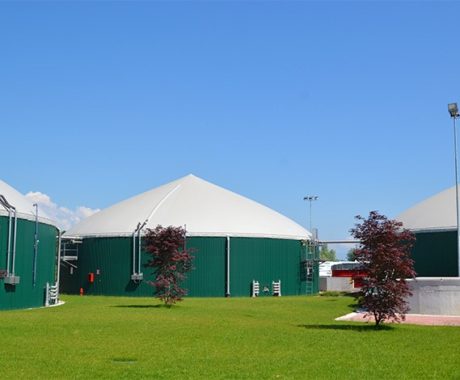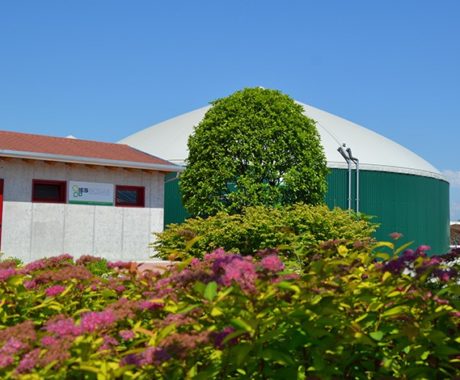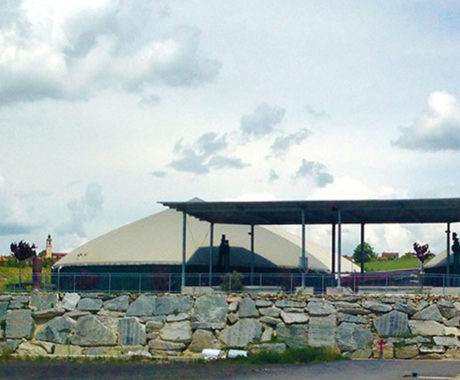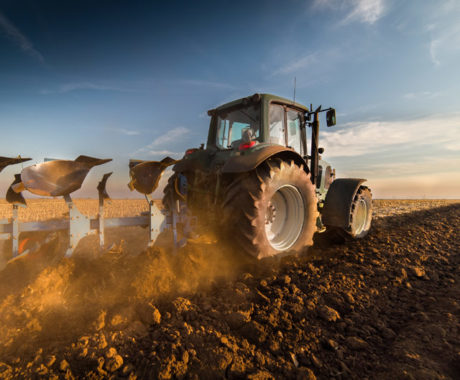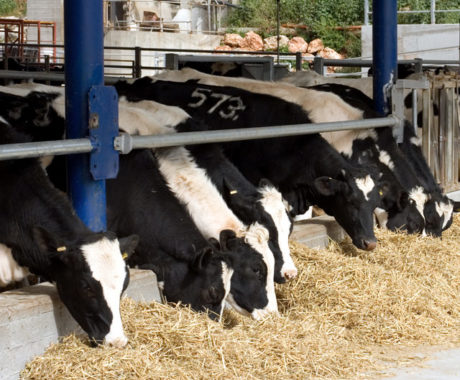Real cases
Interview with Agostino Marazzato
Agostino Marazzato tells how the biogas plant IES BIOGAS has changed his farm, integrating and transforming it ….
The farmer mathematician: thanks to biogas.
Augustine Marazzato likes to call himself a farmer, not a farmer. What is the difference between the two terms, according to his point of view, we think we have sensed the farmer is just a job, the farmer is a natural way of living in relationship with the earth.
But beyond that, it seemed to us Marazzato also an esthete of the landscape and a mathematician. An esthete for cleanliness, order and the care with which his system operates from 625 kWh to Trebaseleghe (PD), a real jewel to see and visit a garden specimen as he was able to snap it harmoniously into the rural context. A mathematician, for as he rattled off figures and accounts for memory during the interview, which shows the full knowledge and full control statement on its decision to integrate biogas to the family.
How did your farm?
Was founded in 1966 by my father who raised calves only. I can say, I started working as a child. Once you have taken in hand, I decided to convert rearing of pigs, which I always preferred. From the initial 250 sows arrived at 1000 today, which created about 28,000 pigs per year.
A beautiful figure.
Yes, not bad. Yet if it were not for the biogas plant would probably have already closed. (And here Augustine Marazzato lists a series of calculations that would amaze even a college professor for the clarity and precision with which it performs them, NDR).
And the biogas that role did he play?
It has completely changed the business model of the company. But without distorting it. She gave birth to a new way of working, sensible and efficient. Attention, biogas has to be integrated to the company: farmers must understand this.
Could you explain better.
Then, we take the earth for example. We have 150 land where we produce all crops then enter the digester. We do everything ourselves, from A to Z. There is a 50% cost or buy any more if we took from the leased land. Only corn silage, there are 250 thousand Euros of savings in managing crops in autonomy. And their energy yield is higher than their retail value. But all that we do to integrate livestock.
Do you mean that the diet of its system also provides the slurry.
Of course: as I said, we breed pigs. All the reasoning goes from there. We produce 50 cubic meters of wastewater per day, and we fish them automatically from 3 different points of the company. If we combine the income of the fields of waste management we have a saving of € 350 per hectare. And he also knows why? Because thanks to digestate from biogas production, the yield of the land has increased from 500 tons of silage per hectare to 1,000 kg per hectare. And we can safely make the double crop rotation with excellent quality. The digestate is then distributed in the camps through a system that is one with the irrigation system. He understands what it means integration of biogas?
Change the perspective to work on the farm, everything improves.
It is so! Today, the company generates profits, rather than losses, in an efficient manner. But, in fact, not only because they produce energy, but because I get to do breeding and cultivation so much better and finally profitable. Think also of the heating of the stables. The pigs that are born are always a temperature controlled environment of 30 degrees. And now I do not pay anything for this, we think the plant, whereas before I was out of 150-170 tonnes of diesel per year.
A warm environment is a benefit to all the cattle…
The pigs grow up healthy – because they are also rigid hygiene – and give them zero antibiotics. In this way also the bacteria plant work better. How do you see it’s all connected.
Even the plant, however, will take time, work…
Yes, but very little. Monday is the day when there are more things to do, because we change the position of the agitators and rotate all the mechanisms. But for the remaining days of the pumps attack and detach from the sun. Almost the entire process is automated, the remaining work is very simple and straightforward. The short time occupied generates productivity far superior.
It seems that she was one of the first to choose IES BIOGAS, right?
I have seen many systems before deciding. True, the IES had left little time, but when I went to see them a system that is already active I had no doubts, I’ve seen inside. The others had problems, it is implanted, the IES BIOGAS spinning great. Today there are farmers who have installed systems of other companies that come here to see my.
No problem so far?
Extraordinary maintenance I’ve never had it. And my system has worked 8703 hours in 2012 to about 8760, almost a record. I then stickler order. A plant that is good must be clean, if there is casino means that it does not work.
And why did you choose the size from 625 kW?
It is the management that counts, not chasing kilowatts. I have seen many companies chasing 999 kWh with the illusion to maximize the gain, but if the company is not properly sized for those powers are wasting money. Personally I know exactly what makes every part of my business. If there is one thing among many in which IES has proven to be immediately different from the others was this: I have recommended sizing based on the slurry and the magnitude of the ground. They have done the math perfectly. And so I learned to make them myself.




